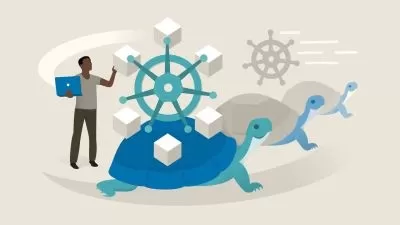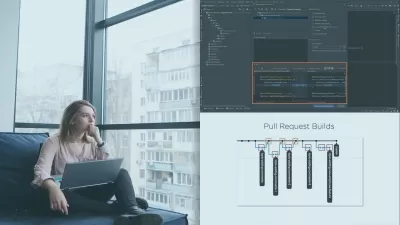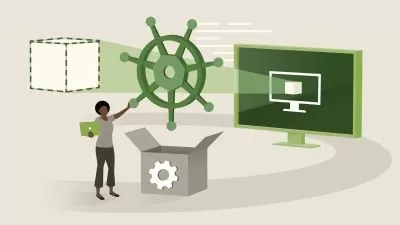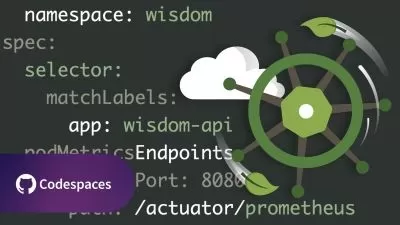Kubernetes: Provisioning for Infrastructure as Code
Carlos Nunez
4:04:00
Description
Provisioning Kubernetes is an art in and of itself. And if you’re an application developer, systems administrator, or platform engineer, you need to know how to do it right. This course provides a comprehensive overview of how to provision Kubernetes clusters using some of the most popular tools in the Kubernetes landscape today, including kubeadm, kind, minikube, Kubespray, kOps, and more. Along the way, instructor Carlos Nunez shows you how to deploy clusters declaratively with cluster APIs and tools like Vagrant and Terraform. This course also helps build your technical know-how if you’re interested in becoming a certified Kubernetes administrator.
More details
User Reviews
Rating
Carlos Nunez
Instructor's Courses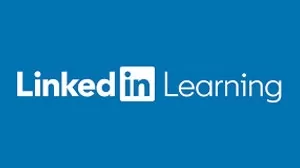
Linkedin Learning
View courses Linkedin Learning- language english
- Training sessions 68
- duration 4:04:00
- English subtitles has
- Release Date 2023/10/03






